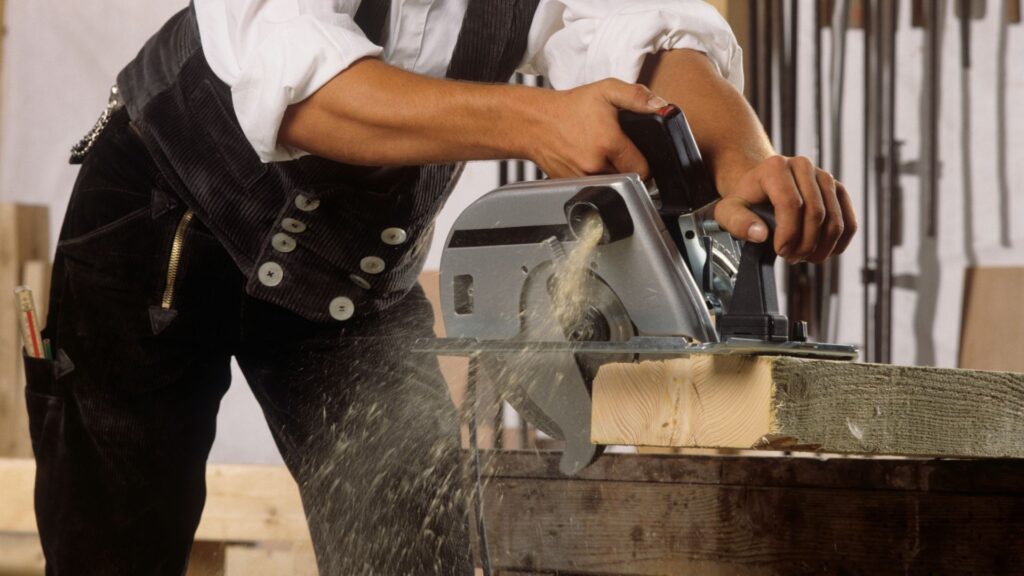A Deep Dive into Cuts and Lacerations
The Anatomy of Skin: Depth of Laceration
Our skin is our body’s frontline soldier, offering first-level defense against the world. But when this barrier is breached, we are introduced to the depths of our skin. A simple cut can reveal layers of epidermis, dermis, and in more severe cases, subcutaneous tissues. The depth of Tom’s laceration confirmed the presence of a deep cut, warranting immediate medical intervention.
Clean Cuts vs. Contaminated Cuts: Not All Wounds Are Created Equal
Some wounds are just surface level scratches, while others like Tom’s could be potentially dangerous. These open wounds are doorways for foreign bodies, leading to possible contamination or even infection. It’s why the first step at the Urgent Care was to clean the wound, with soap and water, to prevent infection.
The Mechanism of Injury: A Sharp Turn of Events
The very tool that helps Tom craft beautiful pieces of furniture, had turned against him. Sharp objects like a saw can cause a different type of cut or laceration, compared to blunt trauma or a tear. The unique characteristics of each laceration determine the approach to treatment.
Location, Location, Location: Types of Lacerations Based on Site
The body area affected by a cut or laceration also determines the type of care required. While Tom’s hand was impacted, lacerations can occur on various parts of the body such as eyes, nose, ears, face, and even other parts. For example, a shard of glass causing a puncture wound on a foot requires a different approach than a facial laceration from a fall.
Symptoms and Signs: Reading the Wound
In Tom’s case, the telltale signs of a laceration were evident. However, there are signs of infection that should prompt anyone to seek urgent care. These signs can include redness, swelling, or an unusual discharge from the wound.
Examining and Evaluating: A Closer Look at Deep Lacerations
At the Urgent Care, the doctor decided to take an X-ray to ascertain the severity of Tom’s laceration. This is often necessary when a deep cut is suspected to involve muscles, tendons, nerves, or bones, which was a concern for Tom given his profession.
The Road to Recovery: A Step-By-Step Guide to Managing Cuts and Lacerations
The subsequent steps at Urgent Care Brisbane focused on managing Tom’s laceration. There’s a method to this process that can ensure optimal healing and minimize complications.
Wound Irrigation: Cleaning House
The first step in the wound management was a thorough irrigation to remove any potential debris and decrease the bacterial load, thereby reducing the chance of an infection. This typically involves washing your hands and using a saline solution to gently cleanse the area.
Wound Glue: Sticking it Together
In certain cases, such as with some clean and shallow lacerations, wound glue can be used. This special adhesive seals the wound, promoting healing without the need for stitches. However, given the depth and location of Tom’s cut, a more traditional approach was required.
Layered Sutures: The Tying Touch
The doctor decided that sutures, or stitches, were the best course of action for Tom. This technique often involves using both absorbable and non-absorbable sutures in a layered fashion, which aids in wound closure and helps reduce scarring.
Following the procedure, Tom was given guidelines for wound care at home and was informed about signs of potential complications. He was also reminded about the importance of an updated tetanus vaccination, considering his exposure to sharp tools at work.
How Urgent Care Brisbane Manages Cuts and Lacerations
- Step 1: Upon arrival at Urgent Care Brisbane, our experienced team immediately assesses the severity of your cut or laceration.
- Step 2: We use our on-site radiology to take a closer look if there’s a suspicion of a deep cut or complex wound.
- Step 3: Post-assessment, we apply appropriate wound management techniques ranging from cleaning and suturing to wound glue, depending on the nature of the laceration.
- Step 4: We don’t just treat and send you off; we ensure you’re equipped for a smooth recovery. This includes provision of mobility aids like moon boots and crutches if necessary.
- Step 5: Follow-up care is integral to our process. We monitor your wound healing progress, checking for any signs of complications.
- Step 6: We provide detailed guidelines for at-home care and educate you on when it might be necessary to seek further medical attention.
Our goal at Urgent Care Brisbane is to help you avoid lengthy hospital emergency waits and provide you with comprehensive, efficient care right when you need it. So why wait when you have a significant injury? Choose Urgent Care Brisbane and experience the peace of mind that comes from knowing you’re in expert hands. Reach out to us today!

